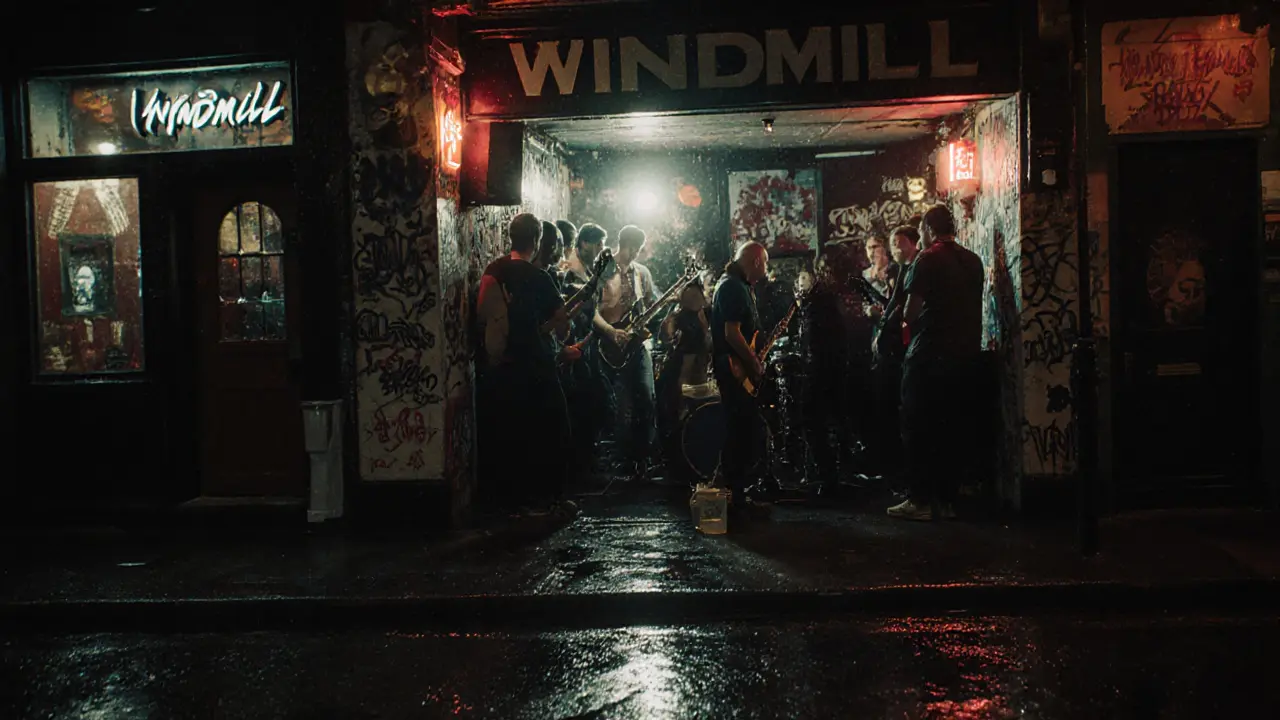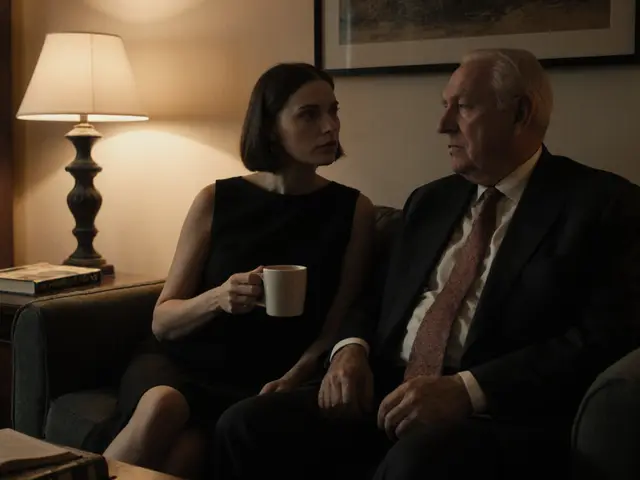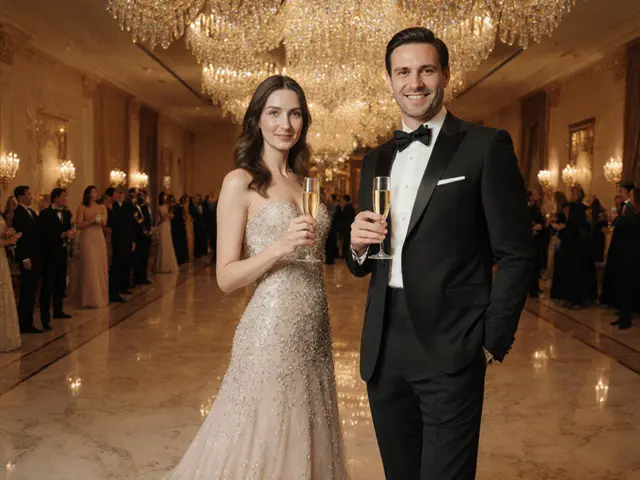
London doesn’t sleep. Not really. By 10 p.m., the city’s real energy starts to hum-bass thumping through basement venues, champagne popping in hidden speakeasies, laughter echoing off brick walls in alleyway pubs. This isn’t just a city that has nightlife. It’s a city built on it. And if you’ve only ever hit the usual tourist spots like Leicester Square or Trafalgar Square at night, you’re missing the soul of London after dark.
The Windmill, Brixton
Open since 1973, The Windmill isn’t just a pub. It’s a cultural landmark. This tiny, unassuming venue on Brixton Road was where punk rock exploded in the late 70s. Bands like The Clash and Siouxsie and the Banshees played here before they were famous. Today, it still hosts raw, unfiltered gigs-no fancy lights, no VIP sections, just loud music and sweaty crowds packed shoulder to shoulder. The bar’s famous for its £2 pints on Tuesdays, and the fact that the stage is literally in the same room as the toilets. That’s part of the charm. You don’t come here for luxury. You come for authenticity. If you want to feel what London’s underground music scene still sounds like, this is where you start.
The Arches, Leake Street
Underneath Waterloo Station lies a forgotten tunnel system turned into one of London’s most electric nightlife experiences. The Arches, tucked into the Leake Street tunnels, was once a graffiti haven and is now a multi-level club space that pulses with techno, house, and experimental sounds. The walls are covered in ever-changing street art, and the lighting is so low you can barely see your hand in front of your face. It’s not for everyone-no DJs in flashy jackets, no bottle service, no dress code. Just bass, smoke, and strangers dancing like no one’s watching. The venue operates on a pay-what-you-can model for entry, and the vibe is more community than club. It’s the kind of place where you’ll meet someone from Tokyo, Berlin, and Peckham all in one night.
The Wolseley, Piccadilly
If you’re looking for nightlife that’s more about lingering than loudness, The Wolseley delivers. Open 24 hours, this grand, marble-floored restaurant-turned-nightspot feels like stepping into a 1920s Viennese café. By midnight, the lights dim, the wine flows, and the crowd shifts from business travelers to late-night diners and couples in silk dresses. It’s not a club, but it’s where London’s elite unwind after dinner. The champagne list is long, the oysters are fresh, and the jazz trio plays soft standards that make the whole place feel like a scene from a classic film. You won’t find a dance floor here, but you’ll find something rarer: a quiet, elegant space where time slows down.
Fabric, Farringdon
Fabric is the name that comes up in every serious clubber’s conversation. Open since 1999, this 2,000-capacity venue is the beating heart of London’s electronic music scene. With three distinct rooms-each with its own sound system, vibe, and DJ lineup-it’s a temple for techno, house, and bass-heavy beats. The main room’s subwoofers are so powerful they make your chest vibrate. The basement room, known as Room 2, is where underground legends play sets that last until 8 a.m. And yes, the club has faced closures over licensing issues-but it always comes back. Why? Because nothing else in London matches its technical precision, its curation, or its loyalty from the crowd. If you’ve ever wondered what a world-class club feels like, Fabric is the answer.
The Paris Bar, Soho
Don’t let the name fool you. This isn’t a French bistro. It’s a Soho institution. Since 1978, The Paris Bar has been a sanctuary for writers, artists, and queer nightlife pioneers. The walls are lined with vintage posters, the bar is made of dark wood, and the lighting is just bright enough to read a book but too dim to see your phone. It’s the kind of place where you’ll spot a novelist nursing a gin and tonic next to a drag performer in full makeup. The drinks are cheap, the jukebox plays Bowie and Nina Simone, and the staff remember your name after one visit. It’s not flashy. It’s not Instagrammable. But it’s one of the last true havens for real conversation and real connection in a city that’s rapidly becoming too polished for its own good.
Boxpark Shoreditch
Boxpark is built out of shipping containers. Yes, really. This open-air complex in Shoreditch is a chaotic, colorful explosion of street food, pop-up bars, and rotating music events. By night, the space transforms into a festival-like zone with DJs spinning from rooftop decks, neon lights reflecting off steel frames, and crowds dancing on concrete. It’s loud, it’s messy, and it’s totally alive. You can grab a Korean fried chicken taco, sip a craft cocktail made with local gin, and catch a live set from an emerging artist-all in the same 30 minutes. Boxpark doesn’t take itself seriously, and that’s why it works. It’s the perfect spot if you want to feel like you’re part of something new, something young, something unscripted.
El Vino, Fleet Street
Founded in 1890, El Vino is London’s oldest wine bar. It’s tucked away on Fleet Street, away from the tourist crowds, and still runs like it did a century ago: no reservations, no menus, just a counter where you tell the bartender what you like and they pour. The walls are lined with wooden shelves holding hundreds of bottles, and the stools are worn smooth from decades of lawyers, journalists, and poets leaning on them after work. It’s quiet. It’s unpretentious. And it’s the only place in central London where you can order a glass of Sauternes at 11 p.m. and not feel out of place. If you want to experience a London that hasn’t changed in generations, this is it.
The Eagle, Clerkenwell
This pub doesn’t look like much from the outside-brick façade, plain sign, no lights blinking. But step inside, and you’re in one of London’s most beloved LGBTQ+ spaces. Open since 1860, The Eagle has hosted generations of queer patrons, from underground drag queens to activists organizing during the AIDS crisis. Today, it’s still a place where you can be yourself without explanation. The bar serves classic British ales and has one of the best pub quizzes in the city on Wednesdays. The dance floor is small, the music is eclectic, and the crowd is warm. It’s not about being seen. It’s about belonging.
Why These Spots Matter
London’s nightlife isn’t just about clubs and cocktails. It’s about history, rebellion, community, and survival. These places didn’t become iconic because they’re trendy. They became iconic because they held space for people who didn’t fit anywhere else. The Windmill gave punk a stage. The Arches gave underground DJs a home. The Eagle gave queer Londoners a safe corner. Even The Wolseley, with its polished tables and crystal glasses, is a quiet act of resistance against the fast-paced, disposable culture that’s taking over the city.
If you’re visiting London and only want to party, go to a nightclub. But if you want to understand what makes this city tick after midnight, you need to walk into these spaces. Listen to the music. Talk to the bartender. Notice who’s dancing next to you. That’s where the real story lives.
What’s the best time to start a night out in London?
Most Londoners don’t start their night until after 10 p.m. Pubs fill up around 11, clubs don’t really get going until midnight, and the real energy kicks in after 1 a.m. If you show up at 8 p.m., you’ll likely be the only one there. Plan for a late start if you want to feel the pulse of the city.
Is London nightlife safe at night?
Yes, but with common sense. Stick to well-lit areas, avoid isolated alleyways after 2 a.m., and use licensed taxis or Uber. Most nightlife districts like Soho, Shoreditch, and Brixton are heavily patrolled. The biggest risk isn’t crime-it’s getting lost in the maze of side streets or overdoing it on cheap cocktails. Know your limits, and you’ll be fine.
Do I need to book ahead for these spots?
For most of these, no. The Windmill, The Eagle, El Vino, and The Paris Bar don’t take reservations. Fabric and Boxpark sometimes require tickets for big events, but walk-ins are often welcome. The Wolseley is first-come, first-served too. Booking is only necessary for high-profile club nights or special events-check their websites if you’re unsure.
What’s the average cost for a night out in London?
You can have a full night for under £30. A pint at The Windmill is £2.50, a glass of wine at El Vino is £7, and a cocktail at The Paris Bar is £8. Club entry at Fabric is £10-£15. Skip the bottle service and stick to pubs and independent venues-you’ll get better music, better vibes, and way more character for less money.
Are there any dress codes in London’s top nightlife spots?
Almost none. Fabric and The Arches have zero dress codes. The Wolseley leans smart-casual, but no ties or heels required. Even upscale spots like The Wolseley won’t turn you away for jeans and a clean shirt. The only exception is some private members’ clubs or high-end hotel bars. Stick to comfortable, clean clothes and you’ll fit in everywhere.
Where to Go Next
Once you’ve hit these spots, try exploring deeper. Head to Peckham for the hidden jazz bars tucked above secondhand bookshops. Visit Dalston for the queer underground parties that run until sunrise. Or wander through Camden’s backstreets on a Sunday night and stumble into a basement reggae session. London’s nightlife isn’t a list-it’s a living thing. And the best way to find it is to wander, listen, and say yes to the unexpected.








